Balanced Beginnings
I got an email from the lovely Amanda who requested I write this post (thank you Amanda! Sometimes topics feel hard to come by!)
I’m going to talk a bit about beginnings specifically in category romance, specifically the first three chapters.
I’ve spoken before about the balance of internal and external conflict in romance, how I start heavier on external conflict, then let it fade as the internal comes out (I find that it’s after chapter three that the shift really takes place)
But I’m going to focus on the first three chapters in this post, revealing character, goal motivation and conflict without info-dumping and internal/external conflict.
I tend to open with a punch of external conflict to the face. Example being in my first book where the opening line is Elaine proposing to Marco, and the reason why she’s doing so. (I don’t always do it quite so upfront, but typically in the first couple of pages)
That’s sort of the summation of the external conflict right there: She wants her father’s business, this is how she aims to get it.
Of course the deeper things: Why she needs this, why she’s chosen to do something so very drastic to get it, and ultimately, what it means for her in terms of how she feels about herself, won’t be revealed until later.
Which brings me to…well, starting on revealing deeper things.
Info dump is when you introduce everything about the characters right up front. I kind of did this in a synopsis last night and I was snickering because if I’d put it in an actual book I’d have gotten my hand slapped. And yet there’s a tendency to do just that.
“Mary Sue was twenty-four and she was a journalist. She was born in Hoboken and after her father left life was rough. She paused to reflect on just how rough. Yes, that one bedroom home and all the poverty was hard. And frankly her love life hadn’t been any better. She’d dated two men before and they broke up with her because she was a virgin who refused to put out and yet always ordered the lobster.”
That’s an example of really bad info dump, among other really bad things. There are a lot of reasons why it’s bad, but the biggest one to me is: Why do I care?
Why do I care about all these details? I just met the girl. I don’t like her yet, I don’t care about her yet. Don’t tell me about her, show me.
The question is, how do you know what to show? I was thinking about this because I’d never really sat down and tried to define what you show and what you hold back. But I think a nice rule of thumb is this: Initially, only reveal the information that’s directly relevant to your characters actions in the present.
Using the first chapter of A Royal World Apart as an example, Eva has gone off to the casino to make a scandal. She seemingly wants to make a scandal. Why? Because she’s set to marry a man she doesn’t love, and she thinks a scandal might help her avoid this. Why? Because she wants to be loved.
There are very basic questions answered about Eva in a few pages, without very many words. Most of it is done in dialogue. Which is another tip I have! Can they convey the information via dialogue? (without it sounding As You Know, Bob) Then try it. Sometimes I start giving information to the reader via exposition and then think…well, what would happen if she just said? For me, I find this often creates a much more dynamic scene, one that moves much quicker and has a bit more life.
I look at all this and I think so much of it comes back to one thing: Know your characters. Characters should change things around them. They shouldn’t just be reactionary, but active. Characters should dictate to plot, not the other way around.
I’ll put it this way. You have two people who have an external event happen to them. Using ARWA as an example again, a bodyguard who’s enlisted to guard a princess who really doesn’t want him around. Rather than knowing what set of events I want to have happen, I just try to know the people I’ve put into the situation.
If I put two different characters with different goals and conflicts into the same story, it would change dramatically. A playboy bodyguard with a string of broken hearts in his past and a devil-may-care attitude would respond much differently than Mak, my serious virgin bodyguard, did.
Knowing your characters is helpful, not just for the down the road stuff, but for the initial set up. Because then, I feel, more able to reveal information via body language and in action, little things here and there rather than just a dry bio block of text.
This isn’t to say my characters don’t surprise me. They absolutely do! I find things out about them that I didn’t know from the outset, in spite of my planning. Usually I haven’t figured out their deepest wound right in the beginning, but I know a lot about them.
I’m not the kind of person who thinks in terms of having x percentage of dialogue, x percentage introspection and this much GMC revealed by this point. I don’t think, right, I’ll open a new chapter here and end on here. Because for me, it all depends on what the story and the characters demand. And that’s always different!
Things always seem to come back to character for me, and I think it’s because in these short category format, character is the key. It’s the key to making a book different, the key to articulating old story lines in a new way, the key to keeping a reader engaged.
And now, here is your Maisey List for first chapters:
1. Know your characters
2. Let your characters dictate the action
3. Reveal the past slowly. Initially, try to only reveal the past that’s directly affecting the present.
4. Reveal character through dialogue
5. Remember that you’re revealing layers. Starting with the surface external conflict, and the accepted identity of your characters, peeling back slowly as you go to the deeper internal conflict and the true essence of your characters.
If you have any questions or comments, please feel free to ask below!
Comments
6 Responses | TrackBack URL | Comments Feed
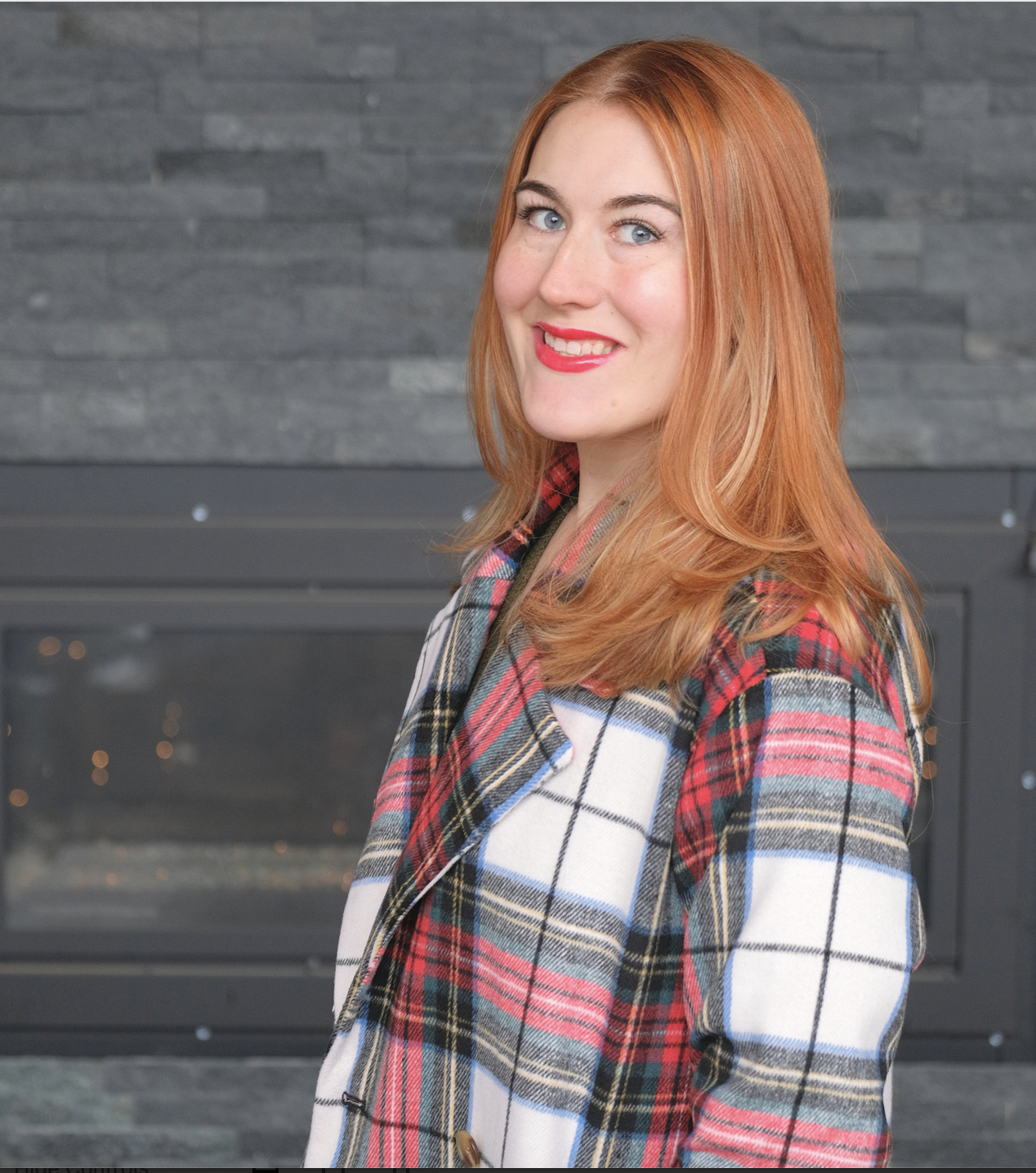
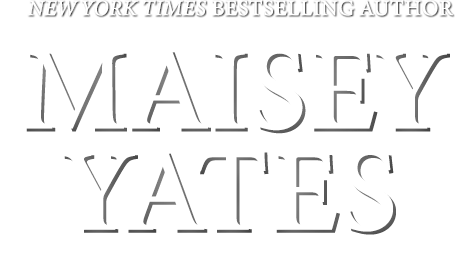
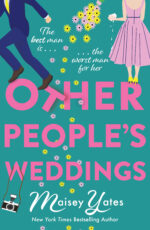
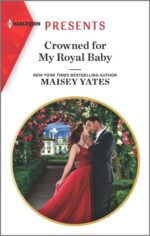
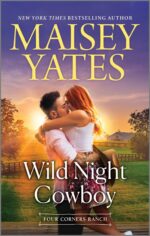
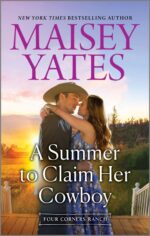

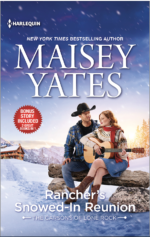
Wow. Thanks, I needed this. Especially since my requested partial just got rejected last week because my chapters didn’t live up to the premise in my synopsis. Nothing like being upstaged by the synopsis!
Apparently I started in the wrong place (which I can see where I went wrong now). I thought about why I did this and it’s because I always thought you had to get the hero and heroine together as soon as possible.
Do you think having the hero and heroine meet right off the bat is true in most cases? Though I’m sure ultimately it would depend on the premise of the story and word counts and such.
I think in category, typically you need to have them together quickly. But it really does depend on the book. In my single titles I might wait 15 or more pages to have them together, but I would never do that in a Presents, there simply isn’t time to wait that long!
I try to start it at a point of change, if that helps.
Sorry about the R too. :/
I love this blog post! Thanks so much for it 🙂
I remember once someone telling me (no idea who or where!) that you wouldn’t tell a new acquaintance all your deepest darkest secrets so why, as an author, would you lay your characters bare in that way. When your reader becomes friends with your characters, as you said above–when your readers care about your characters–that’s the time to let loose with all their juicy inner fears and flaws. I try really hard to remember this so I avoid info dump.
Now to use your fab advice to work hard on making my characters’ motivations clear and believable.
Maisey, this is fabulous! It was so kind of you to find time.
So many things – show, don’t tell as a general craft thing I know about – but thinking about it in terms of these first few chapters – as a way to “make us care”? Lightbulb moment for me. And only to directly reveal past that affects the present.
This helps so much with the drip-drip of info/character that I’m finding hardest. That and overthinking, LOL – but that’s a whole other blog :))
Now, back to the gorgeous Dante, chocolate and a cuppa. Yummy afternoon!
“I try to start it at a point of change, if that helps.”
Oh yeah does it ever! Lightbulb moment!! I have to write that down *reaching for pencil*
Thanks everyone!